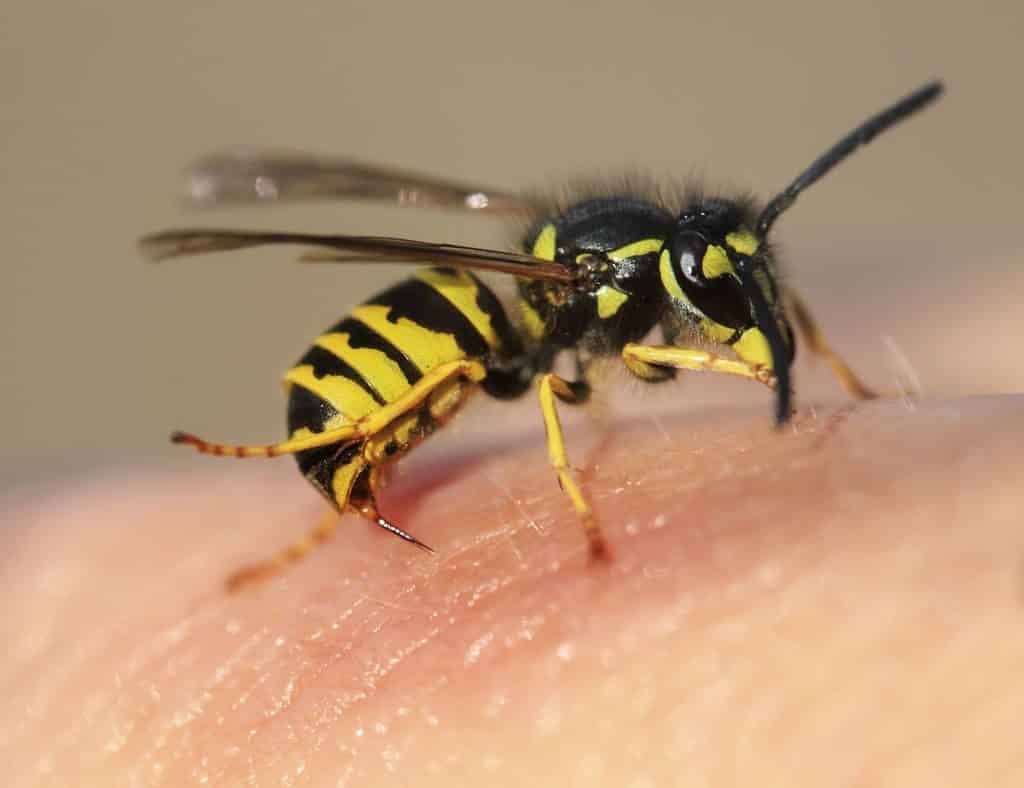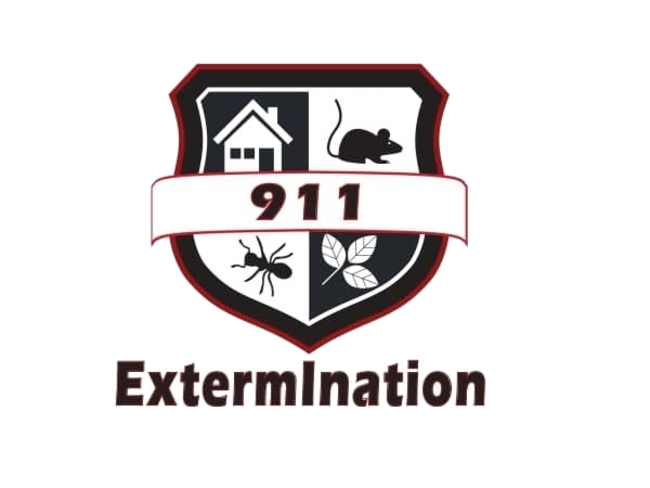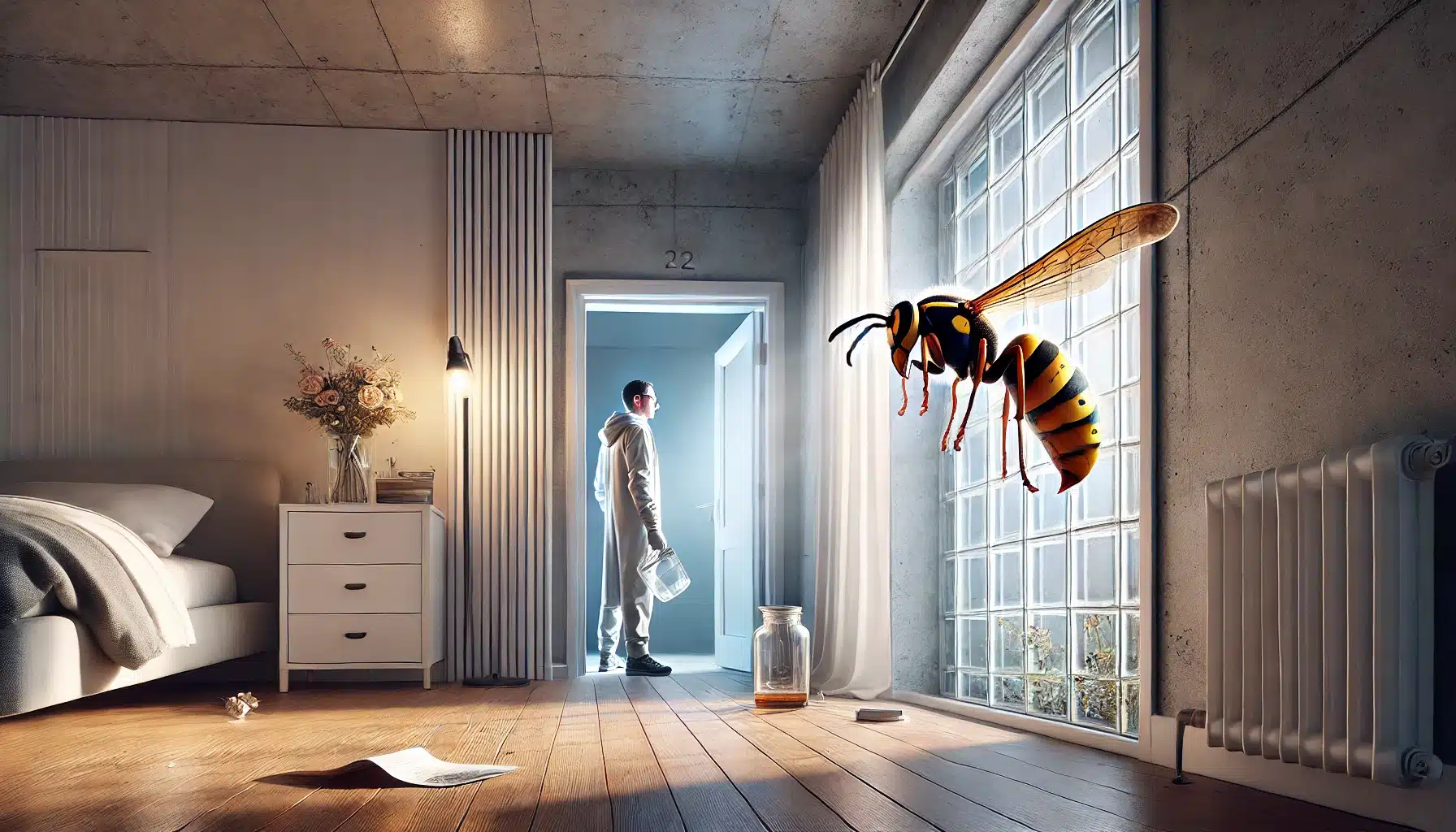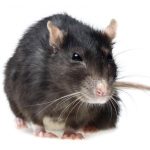Wasp in the House: What to Do?
Practical Guide to Prevent Stings
Steps to Safely Remove a Wasp
If a wasp enters your home, here are the steps to follow to safely remove it:
Keep calm
Don't panic and avoid making sudden movements. Sudden motions can agitate the wasp and make it more aggressive. Take a deep breath and calmly assess the situation.
Open windows
Create an exit path for the wasp by opening the windows or doors of the room. The wasp will eventually find its way outside if it spots an accessible exit. Try turning off the lights inside and turning on the ones outside to guide the wasp towards the exit.
Use a container
If the wasp doesn't leave on its own, gently trap it under a glass or another transparent container. Once the wasp is inside, slide a piece of paper or cardboard underneath to capture it. You can then release it outside safely.
Avoid strong perfumes
Wasps are attracted to sweet scents. If you need to intervene to remove a wasp, avoid using perfumes or sweet products near it, as this could attract it further or make it more curious.

Effective Strategies to Keep Wasps Out of Your Home
Wasps, although they play an important role in the ecosystem as predators of harmful insects, can become unwanted intruders when they settle too close to your home. To prevent them from taking refuge in your house, it is essential to adopt effective preventive measures.
Secure Chicken Coops and Garbage Areas
Wasps are particularly attracted to sweet scents and food remnants. Poorly sealed garbage bins, composters, and chicken coops become ideal targets for these insects. To deter them, ensure that your garbage bins are equipped with airtight lids and that your composters are properly sealed. Additionally, regularly clean these areas to eliminate any traces of food that could attract wasps.
Repair Cracks and Openings
Wasps can slip through the smallest openings to build their nests discreetly. Regular inspection of your home is therefore crucial. Check the exterior walls, windows, doors, and even the roof for cracks or holes. Seal them immediately with caulk or sealant to prevent wasps from settling there. Even small holes can be potential entry points for these insects.
Avoid Flowers Near Entrances
Colorful and fragrant flowers naturally attract wasps. If you have a garden, it’s best to plant your flowers away from doors, windows, and other entry points to your home. This reduces the risk of wasps being drawn close to your residence. Additionally, consider using repellent plants like basil or lavender near entry areas to deter these unwanted visitors.
Use Natural Repellents
Instead of using chemical products, opt for natural repellents that are just as effective at keeping wasps away. Essential oils, such as peppermint, clove, or citronella, are excellent repellents. You can dilute a few drops in water and spray this mixture around windows, doors, and other potential entry points. In addition to repelling wasps, these solutions leave a pleasant scent in your home.
When to Call a Professional?
If you spot a wasp nest or if wasps frequently return, it's advisable to call a professional for safe and effective treatment. Do not attempt to handle it yourself, especially if you are allergic to wasp stings.
Conclusion
A **wasp in the house** can be a cause for concern, but with the right measures, you can handle the situation safely. For any intervention, it's best to consult a **professional** to ensure a safe and effective solution.




